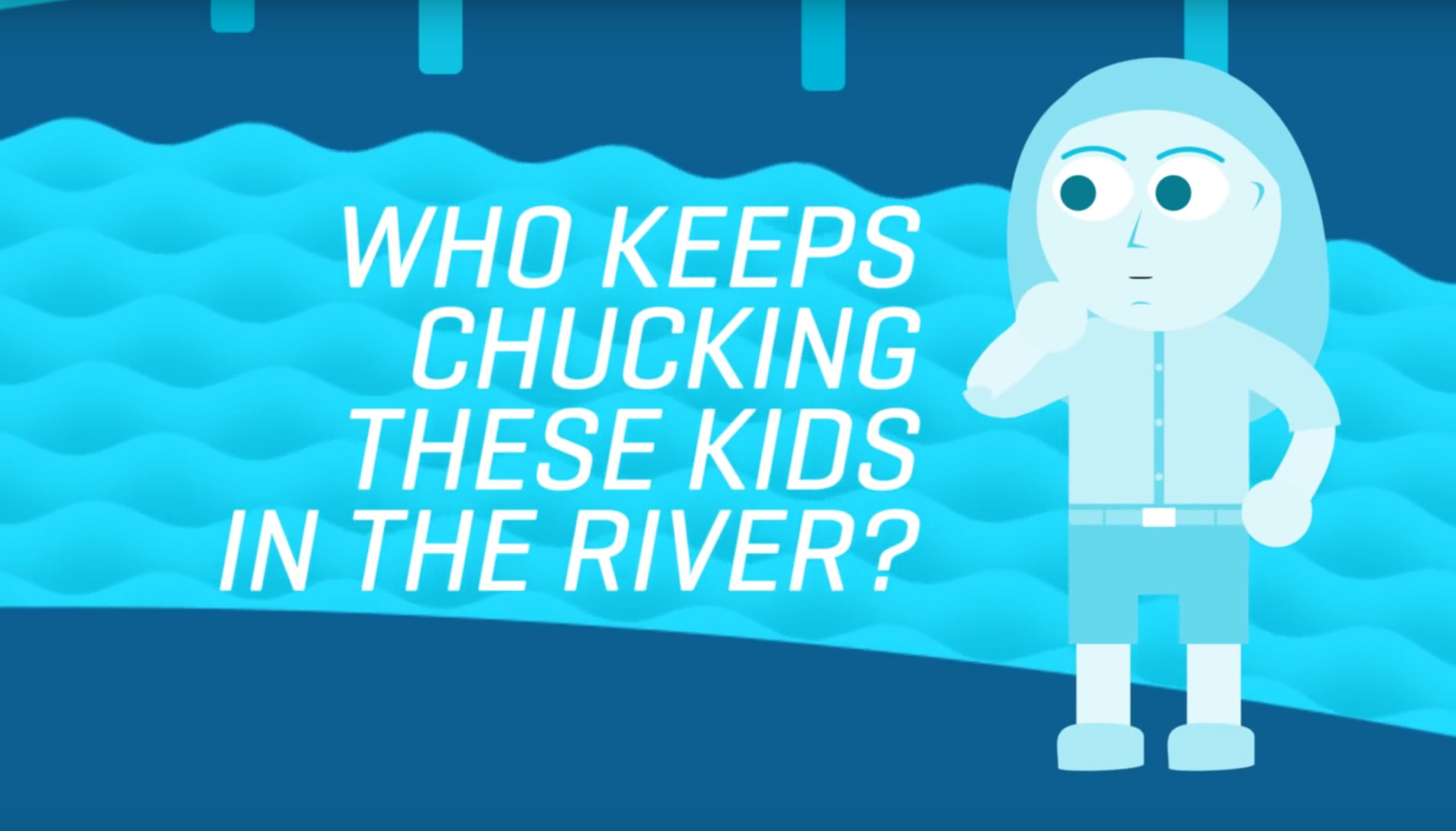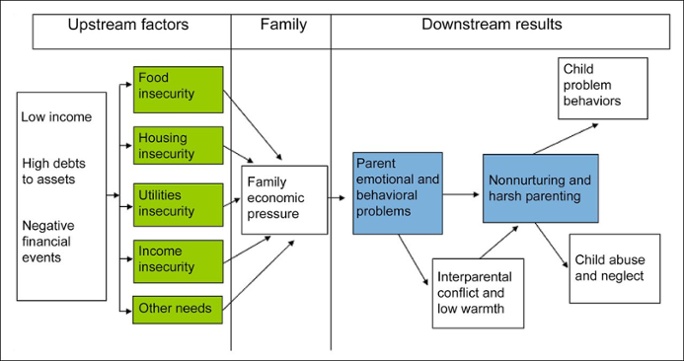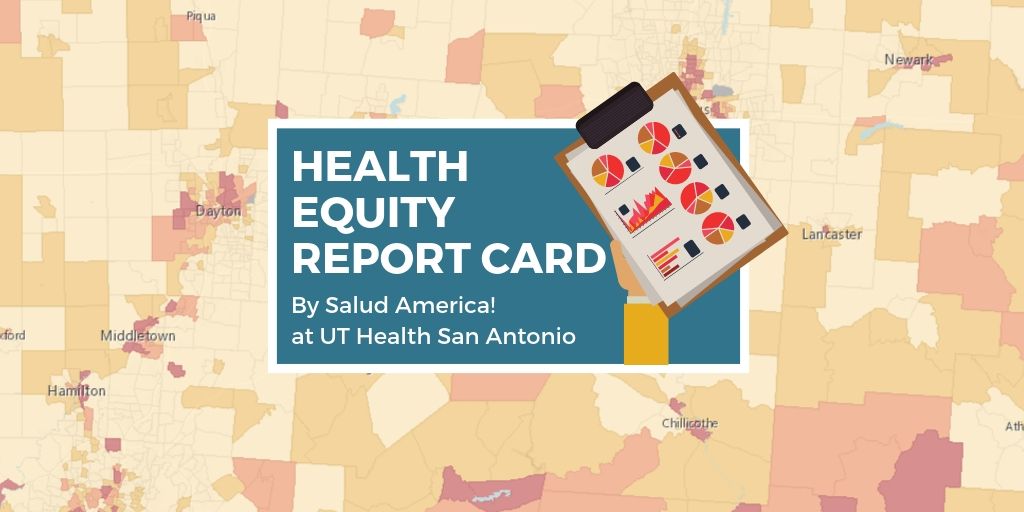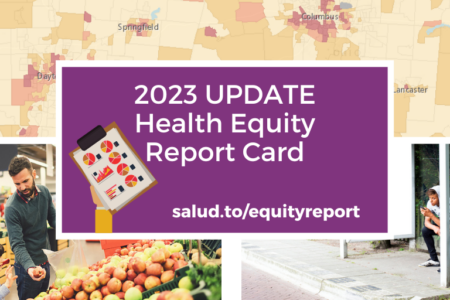
Share On Social!
Public health advocates talk about health in an “upstream-downstream” fashion.
They want to highlight the importance of health promotion and the influence of social, economic, environmental and cultural factors on health equity for Latino and other people of color.
It is a parable:
A man and a woman were fishing on the river bank when they saw a woman struggling in the current. They rescued her. Soon, they saw a man struggling. They rescued him, too. This continued all afternoon.
 Finally, the exhausted pair decided to go upstream to find out where and why so many people were falling in. They discovered a beautiful overlook along the river’s edge without any warning signs or protective barriers. The couple went to community leaders to report the number of victims they had rescued and explain the connection to the unprotected overlook.
Finally, the exhausted pair decided to go upstream to find out where and why so many people were falling in. They discovered a beautiful overlook along the river’s edge without any warning signs or protective barriers. The couple went to community leaders to report the number of victims they had rescued and explain the connection to the unprotected overlook.
Community leaders agreed to install a protective guard and post warning signs. Preventing the problem saves resources, energy, and lives.
This parable shifts focus from downstream (individual treatment) to upstream (prevention strategies for the whole community, with a focus on the vulnerable).
The Upstream/Downstream Parable: Explained
For a good summary of the parable, watch this video.
It boils down to:
- Downstream. Chronic disease treatment—emergency services, pharmacology, surgery, and dialysis.
- Mid-stream. Modifying individual behavior—physical activity, nutrition, tobacco use, maternal health, high school graduation, and violence control.
- Upstream. Addressing social determinants of health—conditions in which people are born, grow, live, work, and play.
For example, take Latino families.
Latinos often face “upstream” challenges and conditions of poverty.
No money or jobs. No quality childcare. Inferior schools. Unsafe neighborhoods. Unstable housing. No social or legal support. Limited access to healthy food. Poor access to transportation. No healthcare. Discrimination and bias, too.
Latinos then face “downstream” effects. These are heart disease, stroke, cancer, diabetes, respiratory conditions, obesity, arthritis, pedestrian fatalities, and more.
In fact, more than 87% of U.S. deaths are due to chronic diseases. Treatment for chronic disease accounts for 75% of U.S. healthcare spending, according to the CDC.
To reduce chronic disease and save lives, we should focus on upstream factors, specifically conditions of poverty.
The Upstream/Downstream Parable: In Action
To prevent child maltreatment and associated chronic disease, Project DULCE adds a “family specialist” to a child’s pediatric healthcare team to reduce economic stress and improve conditions of poverty.

The specialist connects families to appropriate economic, social, and legal services and resources. This includes housing vouchers and food stamps.
“Communities need housing solutions for people across the age and health continuum-before the children grow up to be high-need, high-cost adults,” Samantha Morton, CEO of MLPB (formerly known as Medical-Legal Partnership | Boston), told Nonprofit Quarterly.
In San Antonio (63% Latino), East Central ISD created a trauma-informed system. This helps improve the conditions in which students and employees grow and work and prevent negative health, behavioral, and academic effects of childhood trauma.
The system trains district staff, provides alternative discipline and connects students, families and employees to mental health, economic and social services to reduce economic stress and improve safety and security.
“We were suspending kids, but we weren’t asking the right questions,” said John Hernandez, Director of Student Services at ECISD.
In Columbus, Ohio (5.8% Latino), Nationwide Children’s Hospital is working to prevent expensive child and maternal chronic disease and medical use.
The hospital actually prescribed a “housing intervention” to help improve the conditions in which residents in a neglected neighborhood live and work.
Treating the entire neighborhood as the patient, the intervention included a home repair program, a rehabilitation and home ownership program, a home construction program, home and career development building, and rental housing development to reduce vacant and abandoned properties and improve housing quality and stability and safety.
“It’s remarkably frustrating as a physician to see patients over and over and over again from these very high-risk communities,” Dr. Kelly Kelleher, director of the Center for Innovation in Pediatric Practice at Nationwide Children’s Hospital, told NPR. “Houses that are falling apart, plumbing problems, mold, rat infestations, violence. You see 25 kids a day, and maybe two-thirds of them are in these desperate straits.”
What Can Your Community Do to Focus on Upstream Action for Health Equity for Latinos?
Start by taking a look at local health inequities.
 Download a customized Salud America! Health Equity Report Card.
Download a customized Salud America! Health Equity Report Card.
You will see how your area stacks up in poverty and other equity issues compared to your state and nation.
Also, you can email your report card, share it on social media, and use it to make the case for community change to boost health equity.
By The Numbers
56.9
percent
of Latinos are "housing cost burdened"



